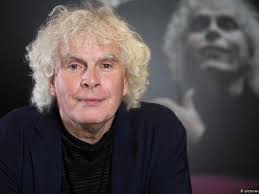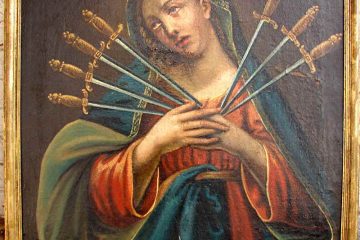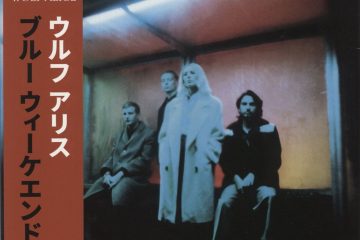Simon Rattle: A Musical Visionary Shaping the Future of Classical Music

Introduction
Simon Rattle, an eminent conductor and musical figure, has continuously redefined the landscape of classical music. His innovative approaches and commitment to fostering new talent have made him a pivotal figure in both the UK and international music scenes. Acknowledged for his dynamic interpretations and an expansive repertoire, Rattle’s influence is especially relevant as the classical genre seeks to engage younger audiences and adapt to the contemporary cultural environment.
Career Highlights
Born in Liverpool in 1955, Rattle’s career began with the City of Birmingham Symphony Orchestra (CBSO), where he served as music director from 1990 until 1998. His leadership transformed the CBSO into a world-class ensemble, and it was during this time that he garnered significant acclaim. Subsequently, Rattle became principal conductor of the Berliner Philharmoniker from 2002 to 2018, a role that further solidified his status in the classical music community.
Currently, Rattle holds the position of music director at the London Symphony Orchestra (LSO). He has been instrumental in promoting new works and interdisciplinary collaborations, exemplified through the orchestra’s performances that blend classical music with film and theatre. Rattle’s vision extends beyond traditional concert settings, aiming to reach diverse audiences and encourage a more inclusive approach to classical music.
Recent Developments
Recently, Rattle has been involved in a series of high-profile performances and projects that highlight his commitment to music education. In October 2023, he led a groundbreaking concert featuring young musicians from diverse backgrounds at the Barbican Centre, showcasing the importance of representation within classical music. His work in this domain is significant as it not only nurtures future talent but also addresses the industry’s systematic challenges regarding diversity.
In addition to his performance schedule, Rattle has launched initiatives designed to foster community engagement through music. His advocacy for contemporary composers is also noteworthy, as he aims to bridge the gap between traditional and modern works, inviting new narratives into classical spaces.
Conclusion
Simon Rattle’s contributions to classical music extend far beyond his achievements as a conductor. His passion for inclusivity, education, and contemporary innovation positions him as a key player in shaping the future of the genre. As classical music faces challenges in attracting younger audiences, Rattle’s vision and leadership provide a hopeful outlook for its evolution. Audiences can expect more groundbreaking performances and initiatives as he continues his esteemed career, further solidifying his legacy as one of the leading figures in today’s classical music landscape.





